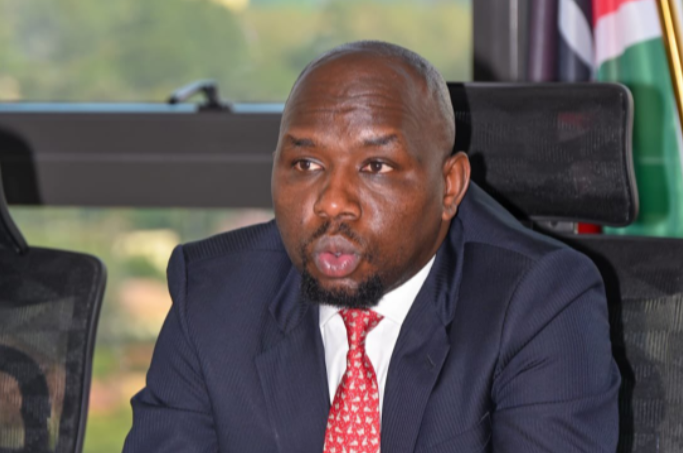Kenya is seeking to leverage private sector partnerships to extend the Standard Gauge Railway (SGR), to ensure seamless cross-border movement of goods across the East African Community.
Roads and Transport Cabinet Secretary Kipchumba Murkomen says the move will also create special economic zones along the corridor and transform cities where economic zones will be situated.
Speaking in Mombasa at a ministerial meeting, Murkomen said the remaining SGR sections from Naivasha in Kenya to Uganda, Rwanda, South Sudan and DRC, will be completed, and that they have developed a roadmap that will fast track its implementation.
“The ultimate objective under the African-Infrastructure Network is to ensure we connect the East Coast here in Mombasa and the West Coast through Duala in Cameroon. We desire to make sure the seamless connectivity happens from our sister countries all the way to DRC,” said Murkomen.
“I believe that the dream of SGR is on and we want to do it expeditiously. We want to leverage on the private sector and I know the project we have now from Naivasha to Malaba including the improvement around Kisumu Port is estimated to cost the country about 5.3 billion USD (Ksh.700.3 billion) which is quite reasonable.”
CS Murkomen underscored that the move to consider constructing SGR was due to its durability in relation to the climatic conditions of the region.
“Considering the phenomenon that is in our region, Rwanda, Tanzania and all other places where we are facing climate change, when we are constructing infrastructures like SGR, we must be cognizant of also climate resilient infrastructure meaning we must contribute to the greenhouse emissions and put mitigation measures,” he explained.
“The infrastructure should be able to withstand floods and storms.”



